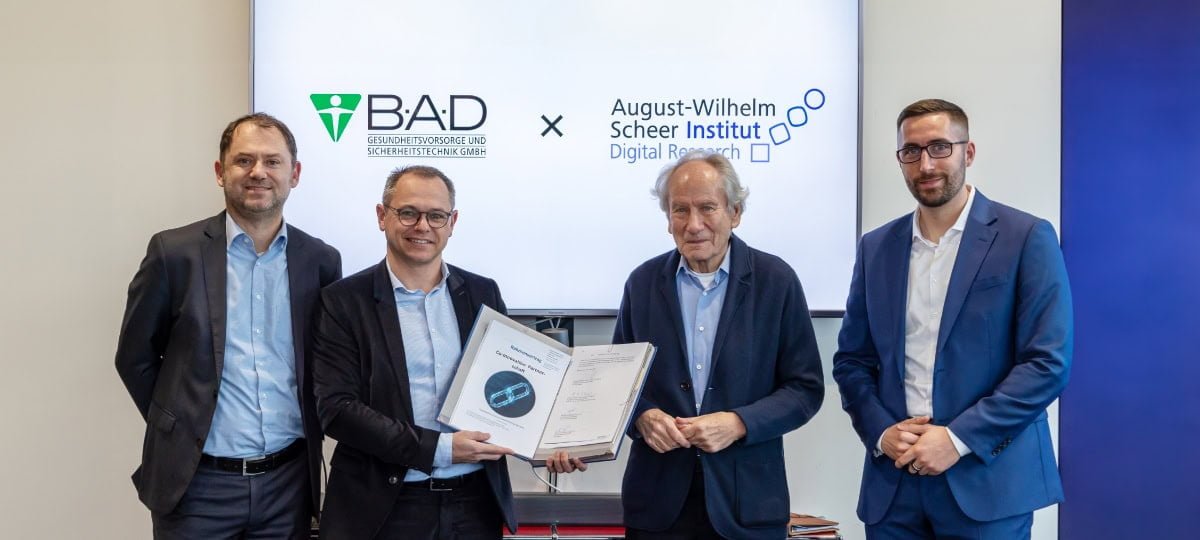Ideas competition

When the best ideas win, losing is impossible
Organizations designed according to open source principles live an open corporate culture. The benefits are greater agility, increased innovative capacity, and improved employee engagement. Open source is a key driver of innovation, and it's hard to imagine the SAP world without it. Open source solutions and principles, which have been tried and tested many times, shape modern corporate landscapes. The successful and proven methods and procedures from open source software development are also increasingly influencing fundamental corporate processes and communication behavior. The keyword here is open corporate culture.
Even if there are different manifestations of open corporate culture, five components are almost always found. They are transparency, inclusivity, adaptability, collaboration and a sense of community.
Transparency
An open organization thrives on transparency. This means that data is made easily accessible to both internal and external stakeholders to the extent that it makes sense and is legally possible. In addition, decisions are transparent, so that all those affected can understand the processes and arguments behind the decision-making. The work is also transparent, consequently everyone can see and assess the progress of a project throughout its entire course.
Inclusivity
Open organizations are characterized by inclusivity. Companies therefore value different points of view and take targeted measures to include as many different voices as possible in a dialog. Managers regularly evaluate the feedback they receive and act on it - in other words, they cultivate an active feedback culture.
Adaptability
Open organizations are characterized by flexibility and resilience. In a flexible organization, employees can control, monitor and potentially also change their own working conditions. A culture of error is practiced, which means that no one has to be afraid of making mistakes. Employees report regularly and transparently on the results of their work and make suggestions for adjustments or improvements. In principle, an open organization always has processes in place for collective problem solving and collaborative decision making.
Collaboration
Work in an open organization involves multiple parties by default. The parties involved are convinced that joint work leads to better and more effective results. Above all, they also try to actively involve others in their work. The products of work in open organizations invite further improvement and revision, even if it involves people who are not part of the organization.
Sense of community
An open organization is a community. Shared values and overarching goals determine the actions of individuals. At the same time, these values also define the profile and working conditions. The basic values and principles underlying the decision-making and assessment processes are clearly formulated. They decisively determine how success and failure are defined in the organization.
Those who successfully go the open source route can benefit immensely from establishing an open corporate culture. This also applies to SAP users. The important thing here is that they must also encourage their partners, suppliers and customers to live an open organizational and management culture in order to optimize collaboration and achieve better results together. More and more companies are now also initiating this cultural change. Red Hat has led the way. Ever since its founding in 1993, the company has been known as an open organization. Red Hat has helped numerous companies change the way they work and, based on open source software, has shown that open technologies lead to better ideas and solutions.





